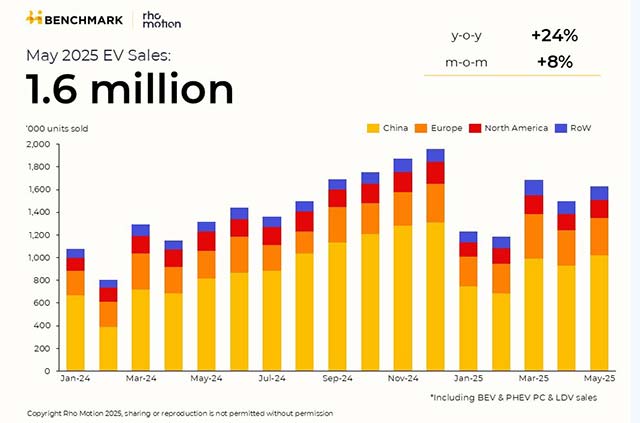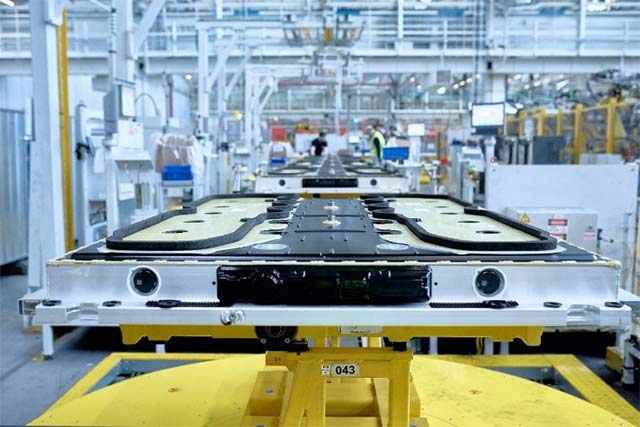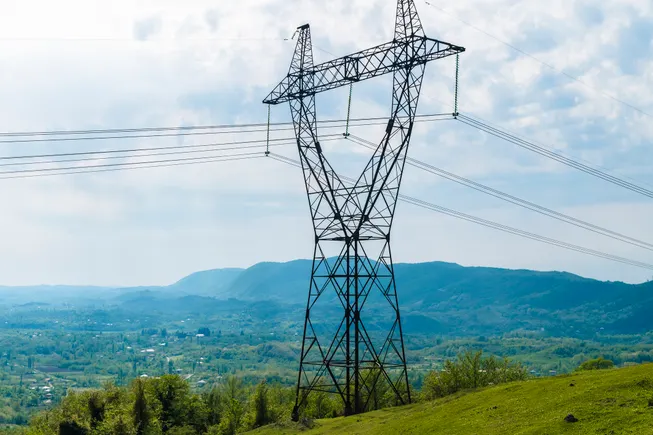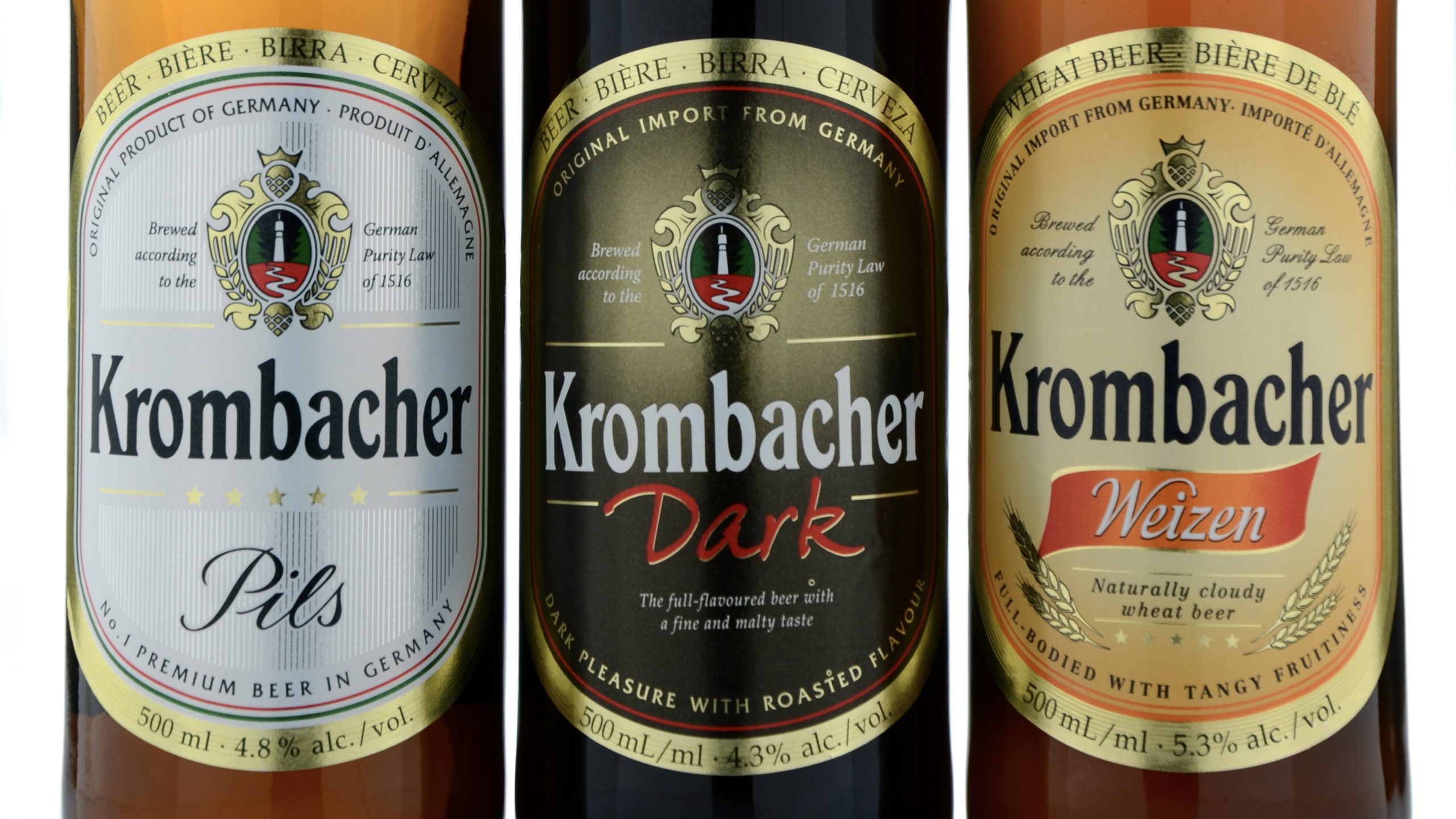Concha y Toro identifies the best places for Chardonnay and Pinot Noir, what Carménère needs to thrive and the importance of setting targets.

Chile’s largest wine producer, Concha y Toro produces some of the world's most renowned Carmenere's such as Carmin de Peumo and Terrunyo as well as its revered Cabernet Sauvignon, Don Melchor. However, its prowess with Chardonnay and Pinot Noir can also be recognised with its Amelia wines which express the characteristics of the Limarí Valley, one of Chile’s most extreme wine regions and a place that lends minerality and complexity to each vintage.
Speaking to
the drinks business, Concha y Toro technical director and chief winemaker for Amelia Marcelo Papa said that this was why the Limarí Valley was one of the best locations for growing Chardonnay and Pinot Noir.
The best places to grow Chardonnay and Pinot Noir
Papa explained: “I think that in South America, there are a couple of places to grow Chardonnay and Pinot Noir that are very attractive and Limarí is one of them. The other one is the southern part of Chile, which is the Triguen area south of that as well as near Mendoza in the Uco Valley. I think those three are very strong spots for Chardonnay and Pinot Noir. I think that the quality of Chardonnay and Pinot Noir from these areas is amazing.”
He also noted that it has taken some time however for people to recognise this and think of these parts of South America, but believed that more wine experts are starting to realise. Papa stated: “It's in these areas that maybe 20 years ago, didn’t exist in the minds of the people, they didn’t know it could produce this quality.”
Maritime influence
Looking more closely at the Limarí region, the winemaker highlighted how the maritime influence played an integral role in offering structure to the wines made in the area.
Papa explained: “Limarí is about 400 kilometres north from Santiago and the area is very close to the Pacific Ocean. And there the temperature of the water is pretty cold. In that area, we don't have sharks, instead we have penguins. In Limarí there are penguins because the temperature of the water is coming from the Antarctic and so it's a big mass of cool water moving north. Just to get an idea, in the southern corner of Chile, the temperature of the water is five degrees and in the middle part it is 15 degrees while in the northern part of Chile it is about 20 degrees.”
Austerity and adapting to location
Added to this, he pointed out how the clouds had a knack of helping to generate “austerity” and a certain kind of complexity to the wines, so that rather than simply offering the acidity of tropical fruit, Chardonnay and Pinot in particular presented as more nuanced and well-structured.
Papa said: “For half of the day the clouds filter the light and for the other half of the day there is blue sky. This allows us to produce a style of Chardonnay and Pinot Noir that is not too tropical and not too fruity. This has all helped to express the soil, and that is the beauty of the area, because when people talk about ‘cool climate’, everybody thinks immediately about the temperature, but radiation is as important if you want to produce high quality wine, more than just temperature. For example, if you are in a cool climate region, but it's very sunny, you will get good acidity, but a lot of tropical fruit. Sun delivers a tropical fruit expression, but cloudiness delivers more austerity. And this area has a lot of hours under clouds and so for that reason, the austerity is shown in the wines.”
According to Papa, understanding the positive aspects of each location has helped the wines develop. For instance, he reminded: “We started Amelia as a white wine in Casablanca which was a very nice region for growing Sauvignon Blancs. It produced an interesting sharpness though and so we tried with Chardonnay. There was a cool climate, but it was sunny too and so more tropical and the grape’s expression was fatter and sweeter. Then, in 2016 we stopped producing Amelia from Casablanca, and in 2017 we moved to Limari, and also introduced Pinot Noir.” In essence, the Amelia wines evolved to lean in to their revised location.
Plus, as Concha y Toro has oft-stated, its wines have a sense of place and its Amelia Chardonnay is not chasing malolactic fermentation to craft its style, instead it is looking to showcase the attributes of where it is grown, offering more linear vintages. Papa highlighted how “lots of Chardonnays don't block the malo, they do malolactic fermentation, so you get more creamy, buttery wines. But, in this case, I don't want butter. I don't want the wine to be more creamy. Instead, I want to make it vertical. The result, I think, is fantastic”.
In terms of getting the best from a prime vineyard location, Concha y Toro is a fan. In fact, its ethos is to always move forwards with what it learns and what it creates. With this in mind, Papa explained: “I think that if you look at good ways of fermentation for certain varieties and where they have had them in place and have been experimenting with them for a long time, then you need to adapt. You need to adapt and do wherever you think is going to be better for the place. I think that is very important. To move upwards, you need to start to adapt to the place."
The cherry on the cake
In all of his descriptions, Papa was however quick to pinpoint how to identify the best Pinot Noirs and noted that those at the top don’t present hints of strawberry, but red cherries. This, he said was what an oenologist should want to identify.
Papa told
db: “A top Pinot Noir will never show strawberries. I think, when you start to sense strawberry in a Pinot Noir, you are in a good place, but you are not at the top. Instead, when you start to find red cherry, that crunchy red cherry or even raspberry, then you arrive in the right place. And I think that in these Pinots you find that kind of red cherry.”
He added that what people needed to look for were hints of “some raspberries and not just the stems of the fruit, but whole bunches” and explained how “these give tension to the wine, but also the stem adds some tannins too”.
Papa said that when you notice these elements, “immediately you start to think about the evolution of the wine” and insisted that “stems, or whole bunches, don’t just give the wine structure or a different mouthfeel, but tension”.
Could the popularity of Concha y Toro’s Pinot Noir take over Chardonnay? Papa dismissed the idea and said: “No, I don't know. I think that today, in terms of sales, we sell 3,000 cases of Chardonnay and 2,000 cases of Pinot Noir. But I do think that fresh red wines are what people are really looking for, not big ones.”
He did, however, also identify how creating the best wines is not simply about being prolific in production, but being in tune to where to create the best version of a wine. He used Carménère as one such example.
Papa pointed out: “In the beginning, everybody wanted to produce Carménère all over, but Carménère really needs slightly more temperature - like in the summer when the temperature never goes down - it needs this in order to allow for the ripening process.”
Remember where you are going
Plus, he reiterated that really the ultimate goal was to remember the importance of setting targets high in order to reach them, using the analogy of setting off on a journey with a destination in mind to illustrate his point.
This, Papa noted, takes time and dedication, but explained that starting well and knowing where you want to go is often key to finding the best route.
He added: “I think that in Chile, we have always believed that we have fantastic geographic diversity in order to produce what we do. The thing is, you need to start from a base that gives you a standard, and then you adjust that base. We work very hard in order to achieve that basic base in terms of winemaking, so that we can grow in understanding and then develop. I think Chile's entry level wines are better than other country’s entry level foundations. It's absolutely a lot of work and time, tuning into a lot of details, but it is more than just details, because you really need to know what you want. You need to know the direction and you want to arrive at that point or you will never arrive or you will arrive too late. There are not many that really understand enough to ask ‘what is the focus?’ Or ‘where is the final destination?’ But to know what would be your final destination, or your dream, well, it makes it easier to make all of your decisions before.”

 Chile’s largest wine producer, Concha y Toro produces some of the world's most renowned Carmenere's such as Carmin de Peumo and Terrunyo as well as its revered Cabernet Sauvignon, Don Melchor. However, its prowess with Chardonnay and Pinot Noir can also be recognised with its Amelia wines which express the characteristics of the Limarí Valley, one of Chile’s most extreme wine regions and a place that lends minerality and complexity to each vintage.
Speaking to the drinks business, Concha y Toro technical director and chief winemaker for Amelia Marcelo Papa said that this was why the Limarí Valley was one of the best locations for growing Chardonnay and Pinot Noir.
Chile’s largest wine producer, Concha y Toro produces some of the world's most renowned Carmenere's such as Carmin de Peumo and Terrunyo as well as its revered Cabernet Sauvignon, Don Melchor. However, its prowess with Chardonnay and Pinot Noir can also be recognised with its Amelia wines which express the characteristics of the Limarí Valley, one of Chile’s most extreme wine regions and a place that lends minerality and complexity to each vintage.
Speaking to the drinks business, Concha y Toro technical director and chief winemaker for Amelia Marcelo Papa said that this was why the Limarí Valley was one of the best locations for growing Chardonnay and Pinot Noir.






















































































































































